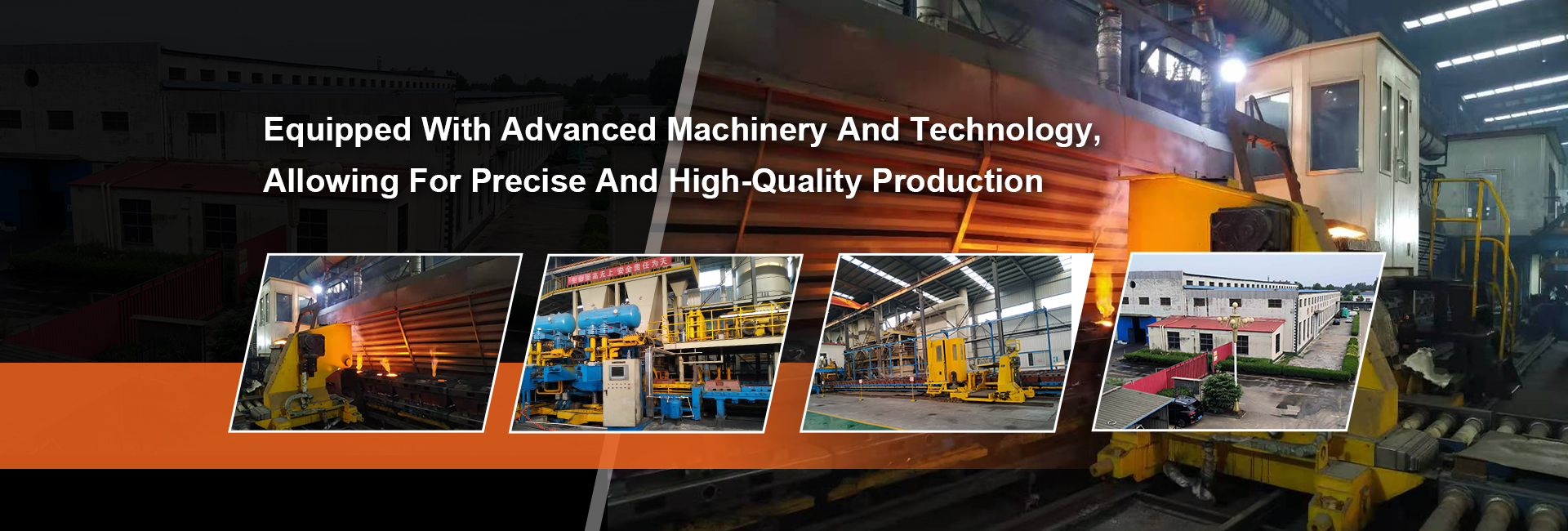
-
 Afrikaans
Afrikaans -
 Albanian
Albanian -
 Amharic
Amharic -
 Arabic
Arabic -
 Armenian
Armenian -
 Azerbaijani
Azerbaijani -
 Basque
Basque -
 Belarusian
Belarusian -
 Bengali
Bengali -
 Bosnian
Bosnian -
 Bulgarian
Bulgarian -
 Catalan
Catalan -
 Cebuano
Cebuano -
 Corsican
Corsican -
 Croatian
Croatian -
 Czech
Czech -
 Danish
Danish -
 Dutch
Dutch -
 English
English -
 Esperanto
Esperanto -
 Estonian
Estonian -
 Finnish
Finnish -
 French
French -
 Frisian
Frisian -
 Galician
Galician -
 Georgian
Georgian -
 German
German -
 Greek
Greek -
 Gujarati
Gujarati -
 Haitian Creole
Haitian Creole -
 hausa
hausa -
 hawaiian
hawaiian -
 Hebrew
Hebrew -
 Hindi
Hindi -
 Miao
Miao -
 Hungarian
Hungarian -
 Icelandic
Icelandic -
 igbo
igbo -
 Indonesian
Indonesian -
 irish
irish -
 Italian
Italian -
 Japanese
Japanese -
 Javanese
Javanese -
 Kannada
Kannada -
 kazakh
kazakh -
 Khmer
Khmer -
 Rwandese
Rwandese -
 Korean
Korean -
 Kurdish
Kurdish -
 Kyrgyz
Kyrgyz -
 Lao
Lao -
 Latin
Latin -
 Latvian
Latvian -
 Lithuanian
Lithuanian -
 Luxembourgish
Luxembourgish -
 Macedonian
Macedonian -
 Malgashi
Malgashi -
 Malay
Malay -
 Malayalam
Malayalam -
 Maltese
Maltese -
 Maori
Maori -
 Marathi
Marathi -
 Mongolian
Mongolian -
 Myanmar
Myanmar -
 Nepali
Nepali -
 Norwegian
Norwegian -
 Norwegian
Norwegian -
 Occitan
Occitan -
 Pashto
Pashto -
 Persian
Persian -
 Polish
Polish -
 Portuguese
Portuguese -
 Punjabi
Punjabi -
 Romanian
Romanian -
 Russian
Russian -
 Samoan
Samoan -
 Scottish Gaelic
Scottish Gaelic -
 Serbian
Serbian -
 Sesotho
Sesotho -
 Shona
Shona -
 Sindhi
Sindhi -
 Sinhala
Sinhala -
 Slovak
Slovak -
 Slovenian
Slovenian -
 Somali
Somali -
 Spanish
Spanish -
 Sundanese
Sundanese -
 Swahili
Swahili -
 Swedish
Swedish -
 Tagalog
Tagalog -
 Tajik
Tajik -
 Tamil
Tamil -
 Tatar
Tatar -
 Telugu
Telugu -
 Thai
Thai -
 Turkish
Turkish -
 Turkmen
Turkmen -
 Ukrainian
Ukrainian -
 Urdu
Urdu -
 Uighur
Uighur -
 Uzbek
Uzbek -
 Vietnamese
Vietnamese -
 Welsh
Welsh -
 Bantu
Bantu -
 Yiddish
Yiddish -
 Yoruba
Yoruba -
 Zulu
Zulu
Comparing the Performance and Efficiency of Disc Brakes and Drum Brakes in Vehicles
Disc Brake vs. Drum Brake Understanding the Differences
When it comes to vehicle braking systems, two primary types dominate the market disc brakes and drum brakes. Each system has its own characteristics, advantages, and disadvantages, which can significantly impact vehicle performance, safety, and maintenance.
Construction and Mechanism
Disc brakes consist of a disc (or rotor) that is connected to the wheel. When the driver presses the brake pedal, brake pads clamp down on the disc, creating friction that slows the vehicle. On the other hand, drum brakes utilize a hollow drum that rotates with the wheel. Inside the drum, brake shoes press against the drum's inner surface when the brake pedal is engaged, generating the necessary friction to slow down the vehicle.
Performance and Efficiency
In terms of performance, disc brakes generally offer superior stopping power and heat dissipation compared to drum brakes. Because the disc is exposed to air, it cools more effectively, which reduces the risk of brake fade—when brakes lose their effectiveness due to overheating. This cooling factor makes disc brakes particularly well-suited for high-performance vehicles and situations that require frequent heavy braking, such as in racing or mountainous terrains.
disc brake vs drum

Drum brakes, while effective, can struggle with heat dissipation, making them more prone to brake fade under extreme conditions. However, they are often found on rear wheels of many vehicles due to their cost-effectiveness and decent performance under normal driving conditions.
Cost and Maintenance
From a financial standpoint, drum brakes are typically cheaper to manufacture and install, making them a popular choice for budget-friendly vehicles. Maintenance costs can also be lower since drum brake systems can last longer with proper care. However, when it comes to repairs, drum brakes can be more complicated to service due to their enclosed design, making it harder for mechanics to access components.
Disc brakes, while more expensive initially, may offer long-term cost savings. They tend to be easier to inspect and replace, and their performance characteristics can lead to less wear on other vehicle components. Additionally, the growing trend towards using disc brakes on all four wheels is partly due to advancements in technology that have made them more affordable and reliable.
Conclusion
Choosing between disc brakes and drum brakes ultimately depends on the specific needs and driving conditions of the vehicle. Disc brakes provide superior performance, especially in high-demand situations, while drum brakes offer a cost-effective solution for everyday driving. As automotive technology continues to evolve, it's likely that we will see further innovations in braking systems, aiming to enhance safety, efficiency, and reliability on the road. Understanding the intricacies of both systems can help drivers make informed choices that best meet their personal and vehicle requirements.
-
What Are Drum BrakesNewsJul.07,2025
-
Understanding Brake Drum MaterialNewsJul.07,2025
-
Semi-Trailer Brake Drum: A Key Component for Extreme Loads and Long-Distance TransportNewsJul.07,2025
-
Drum Brake Pads for SaleNewsJul.07,2025
-
Brake Drums for SaleNewsJul.07,2025
-
Brake Drum ManufacturerNewsJul.07,2025
-
Aluminum Brake Drums: The Future of High-Performance CarsNewsJul.07,2025
